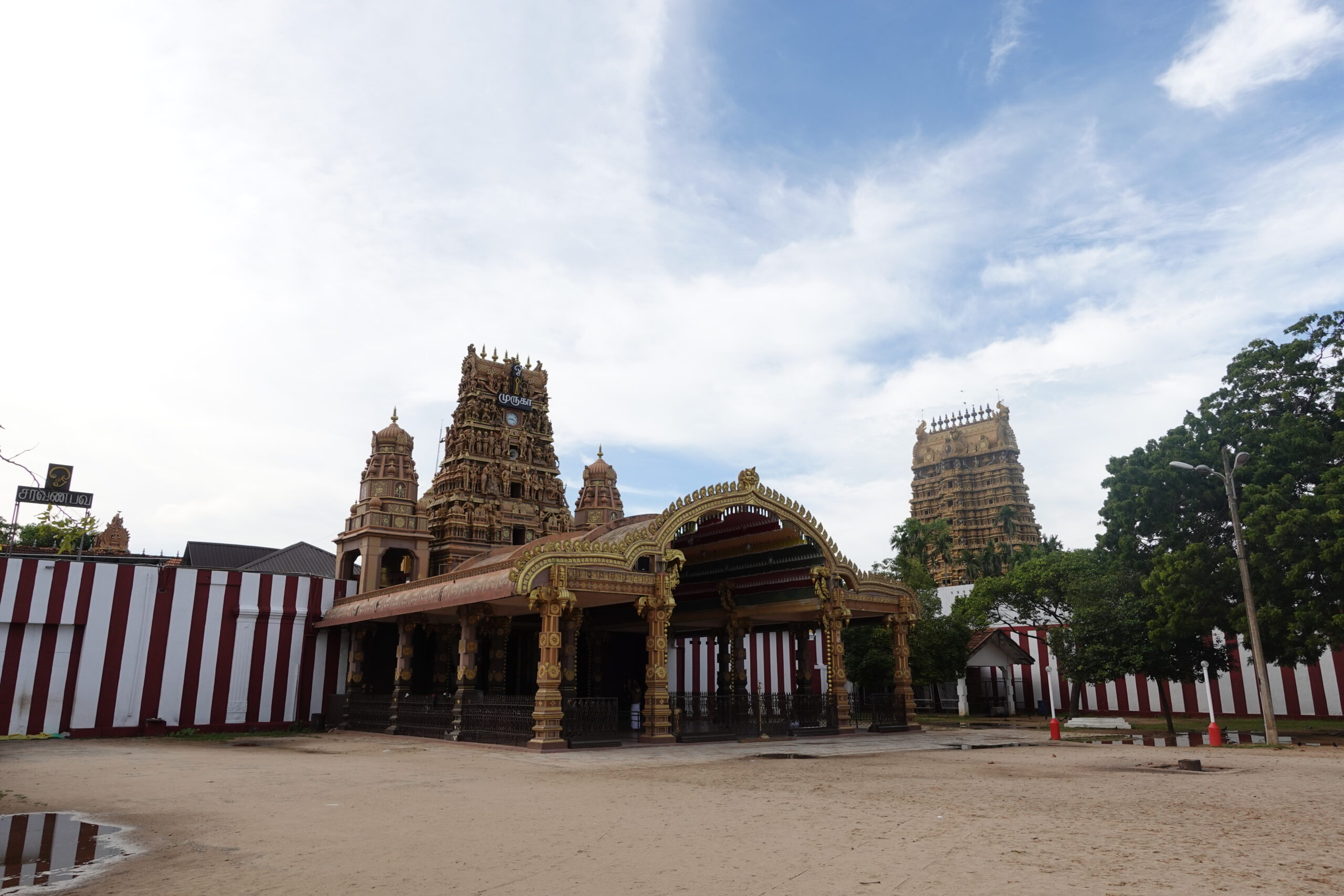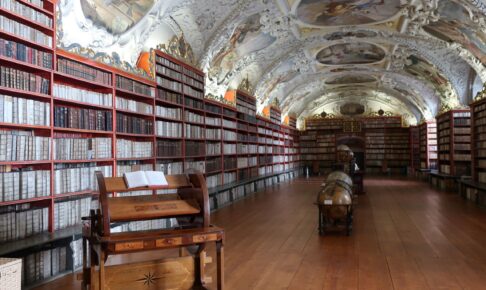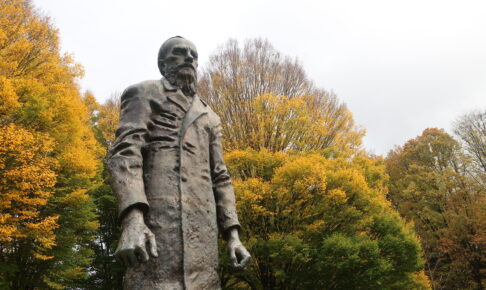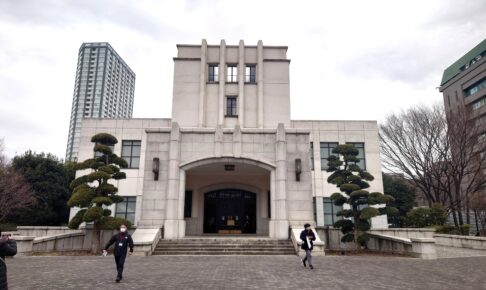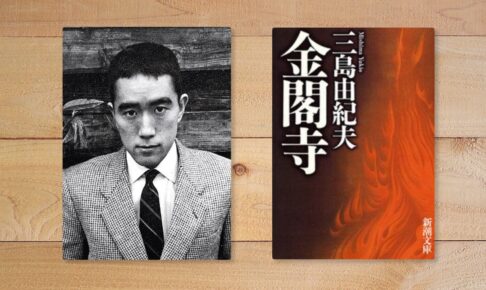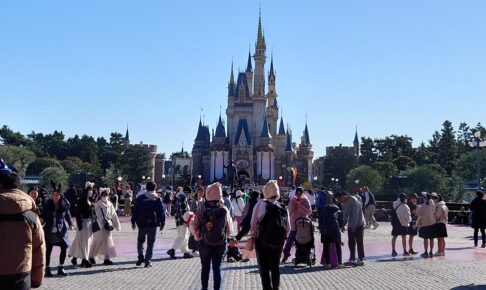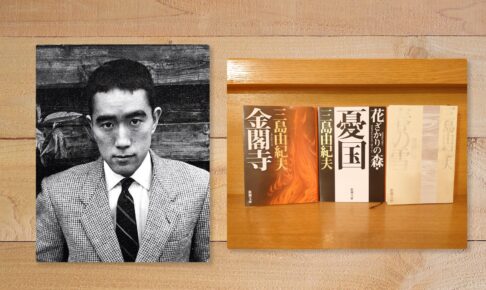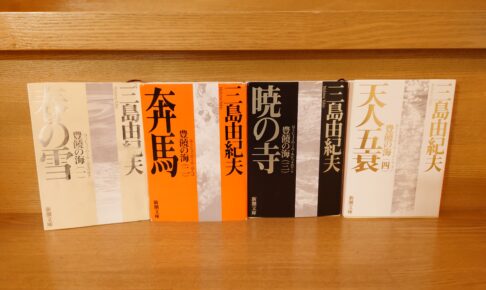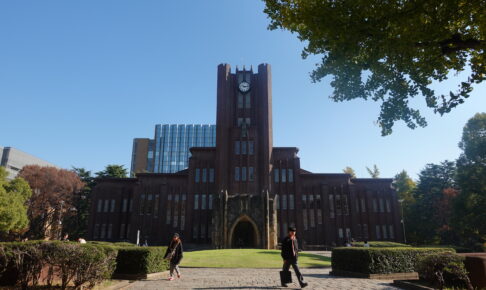Travels to Buddhist sites in India and Sri Lanka (31)
Is Buddhism, which preaches peace, the cause of civil war? Thinking about violence and religion in the northern Sri Lankan city of Jaffna
After visiting Anuradhapura, my next stop was the town of Jaffna in northern Sri Lanka.
As the map shows, Jaffna is a city located right on the doorstep of India. Therefore, the northern part of the country, including Jaffna, is traditionally inhabited by a large number of Hindus, called Tamils, and is characterized by a very different Sinhala Buddhist atmosphere from that of the central and southern parts of Sri Lanka.
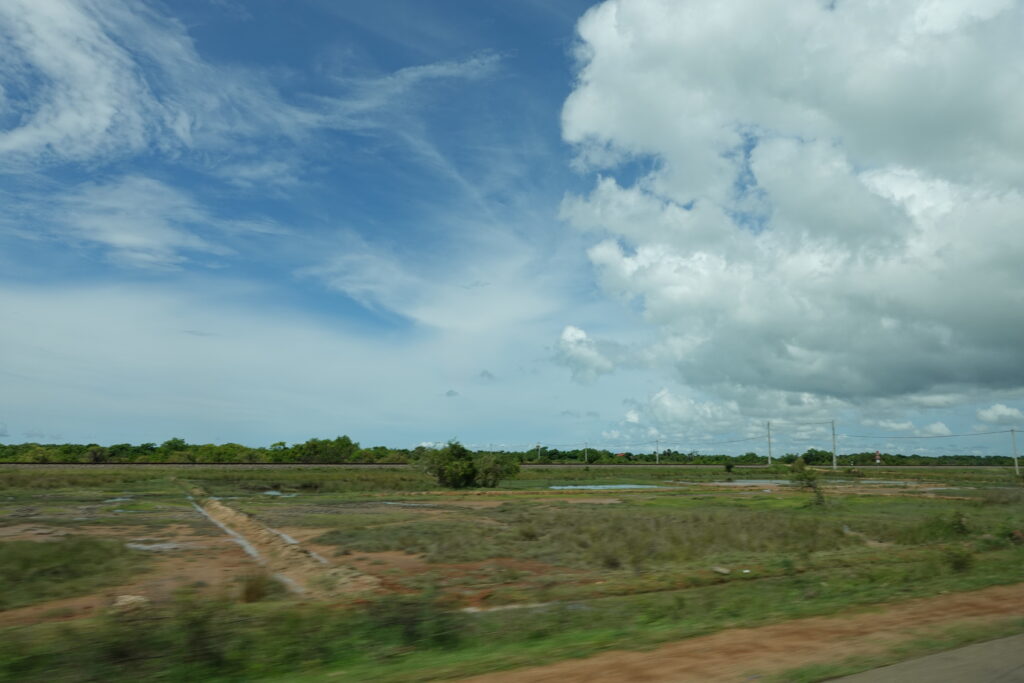
The drive from Anuradhapura to Jaffna takes about four hours. As we approached Jaffna, the jungle became less and less, and the landscape became more like the dry zone in the northern part of the country.
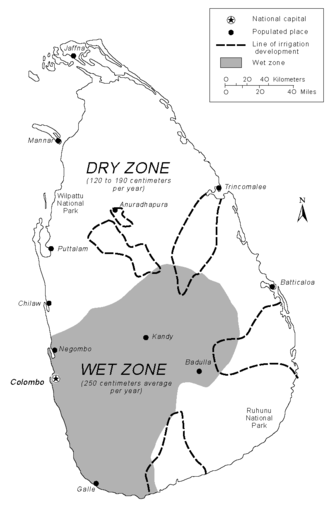
(25) How is the climate in Sri Lanka? I thought about the relationship between climate and religion. And a word about Japanese Buddhism."As I mentioned in the article "Jaffna," Sri Lanka has two major climatic zones: the wet zone and the dry zone. As you can see from this map, Jaffna is located in the dry zone, where there is almost no rain except for a short rainy season during the year.
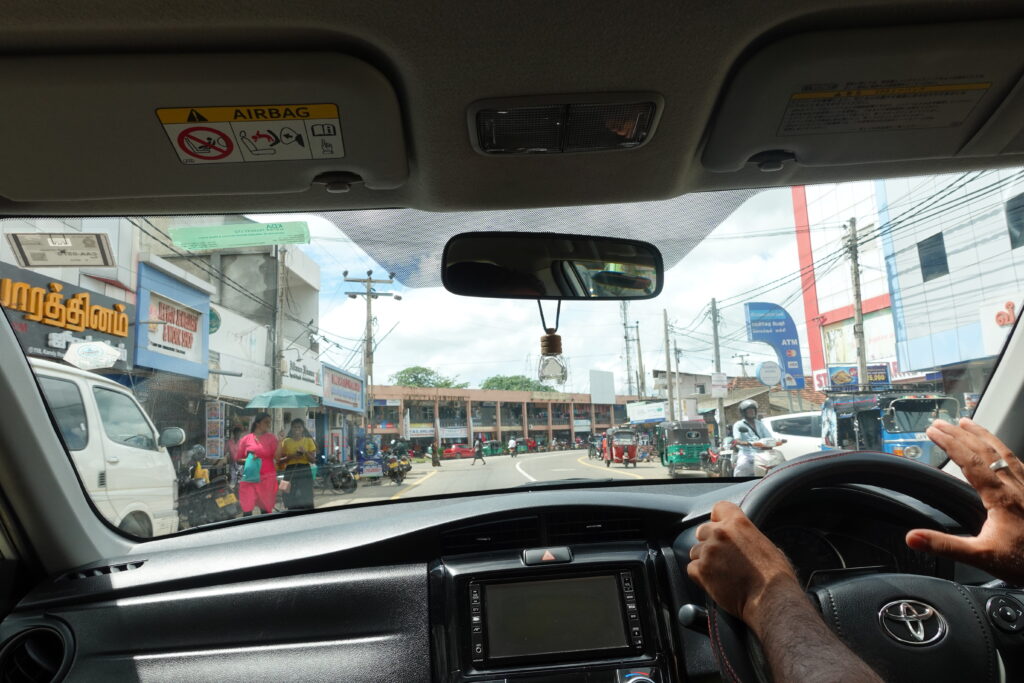
Finally, we arrived in Jaffna.
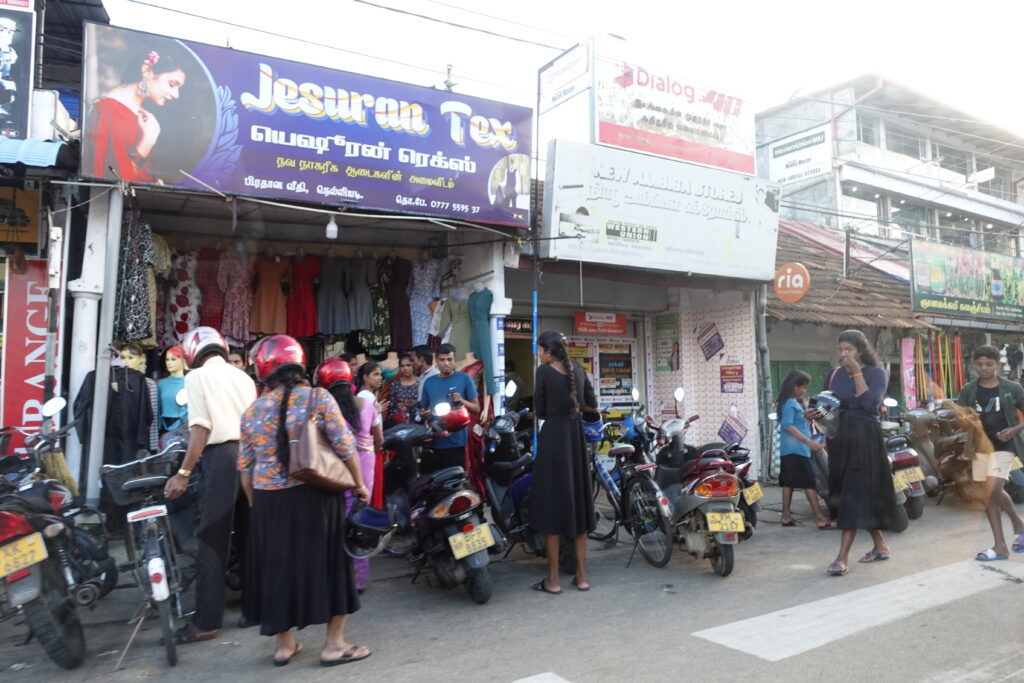
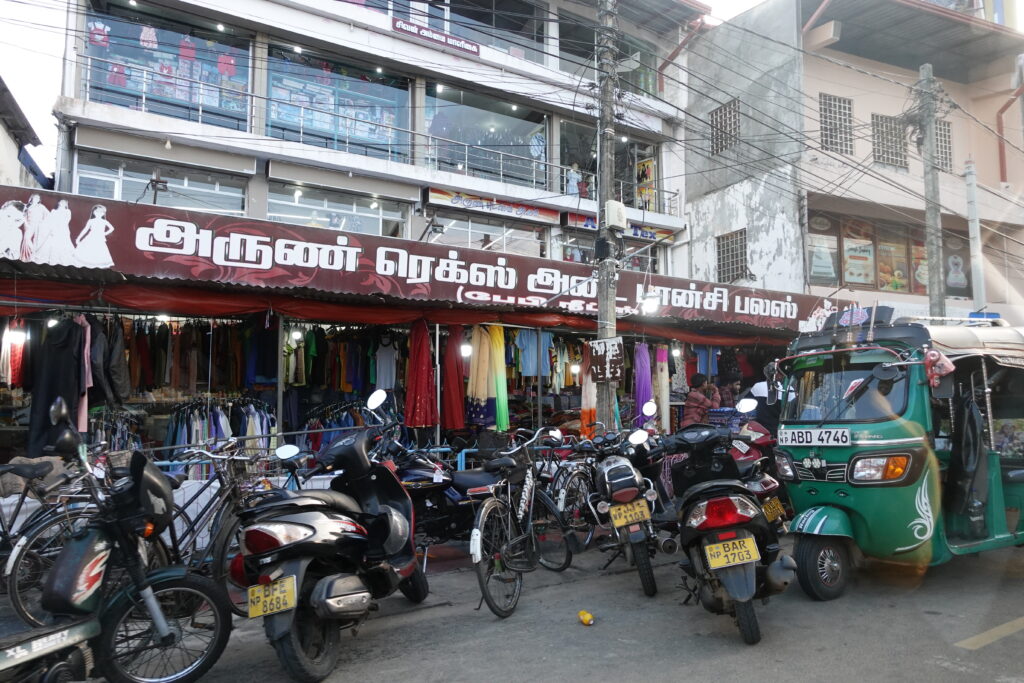
Indeed, as I drove through the streets of Jaffna, I sensed many stores that had an Indian feel to them. Of course, this being Sri Lanka, there was no Indian-like chaos, but the product displays and the atmosphere of the streets were clearly different from anything I had seen in Sri Lanka.
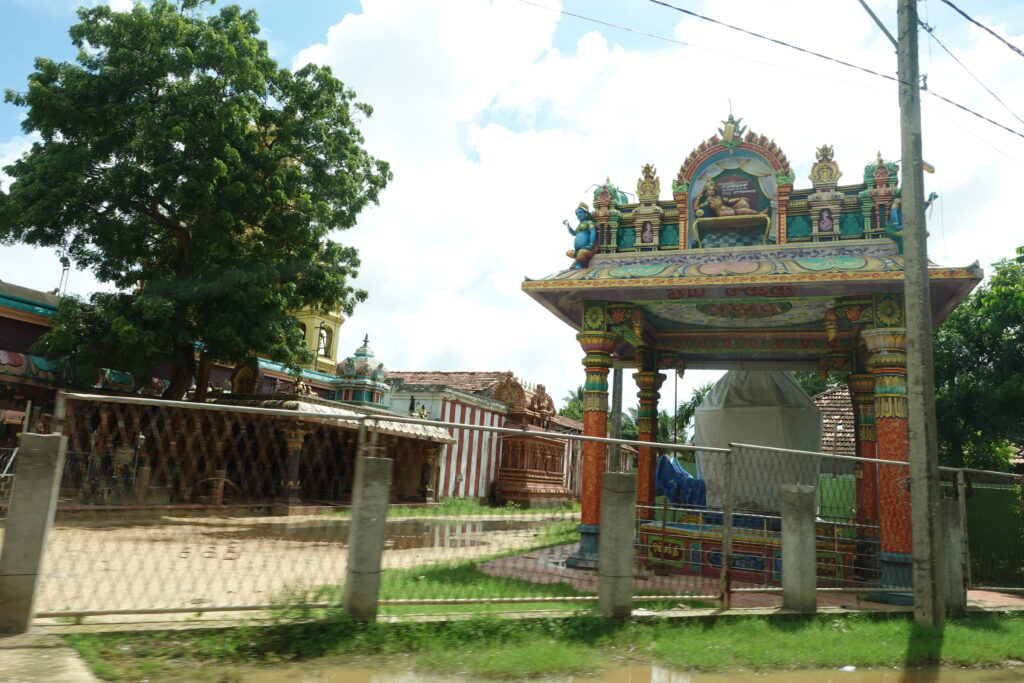
There were also many colorful Hindu temples. I realized that this is an area with a large Hindu population.
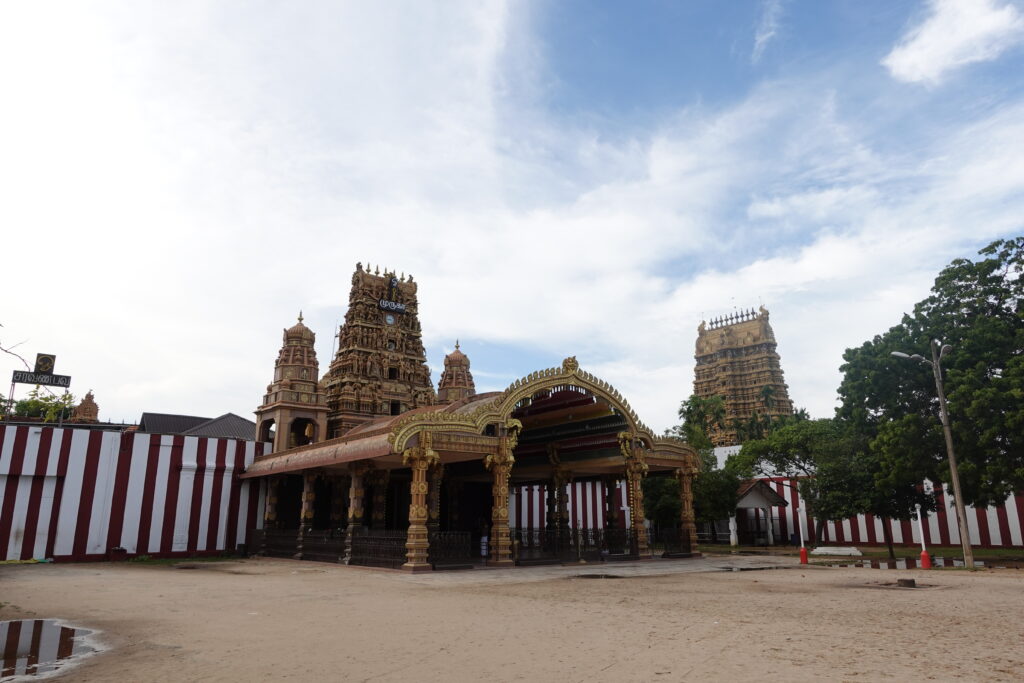
One of the most famous temples is this Nallur Kandaswamy temple. Unfortunately, photography is not allowed inside the temple, so I have no pictures. Men are required to be naked to enter the temple, so I followed the rule.
The interior of the temple is much larger than it appears in this photo, and it is clear that this is the center of the Hindu temples in the northern region of Sri Lanka. I heard that during festivals, this place fills up and becomes extremely hot.
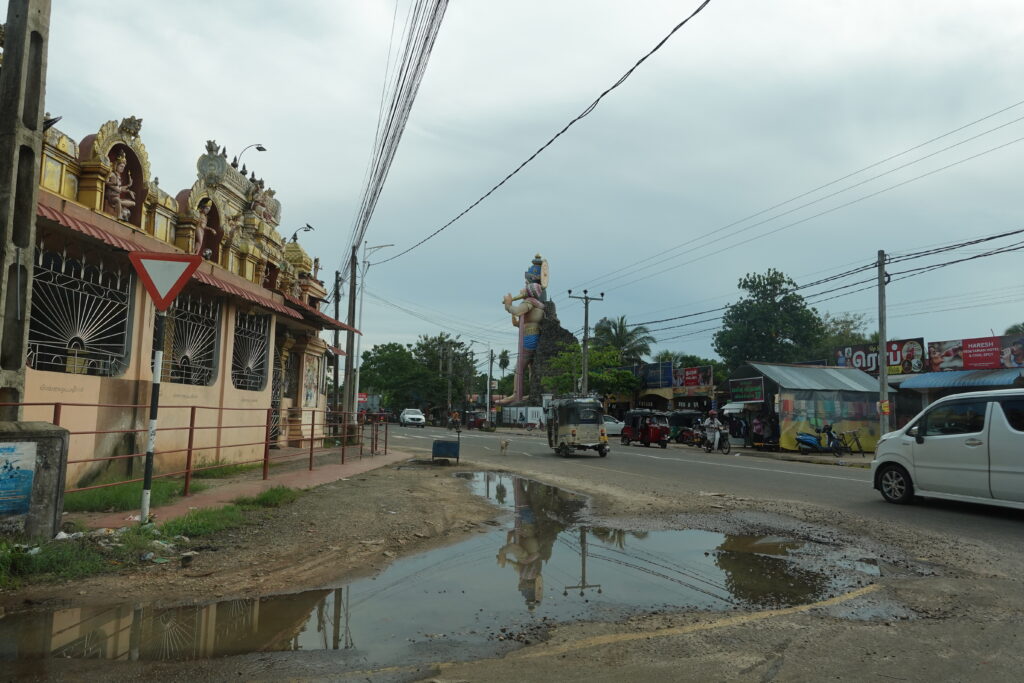
A huge statue of Hanuman, the Hindu monkey god, also stood on the road near this temple. It was a strong reminder that Jaffna is not the Sinhala Buddhist context we have seen so far, but the world of the Tamils.
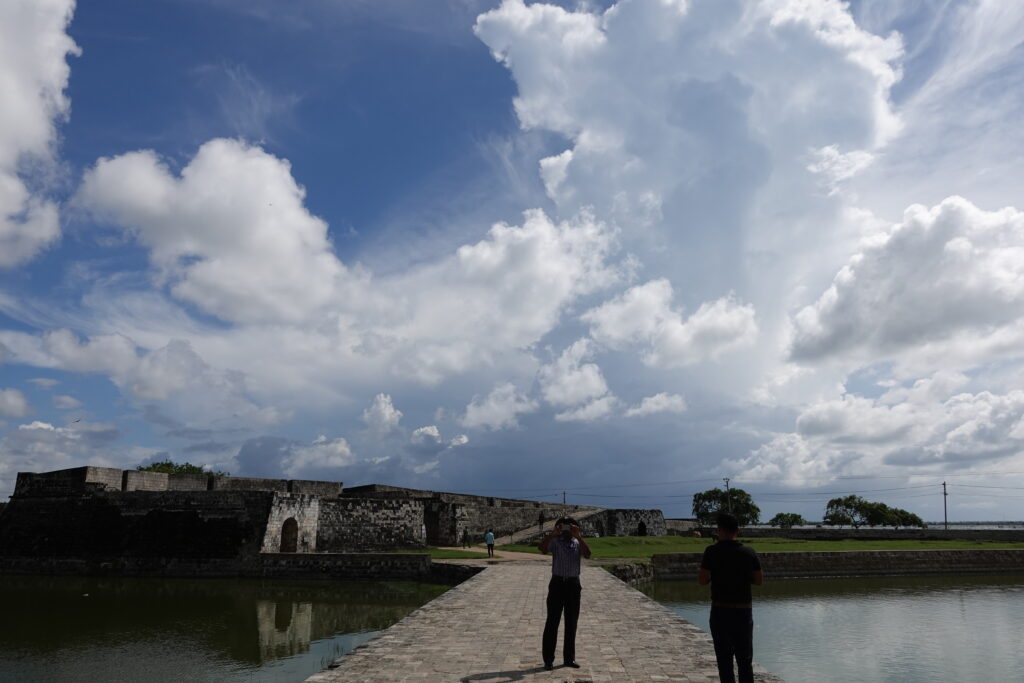
The remains of a fortress called Jaffna Fort, which was built during the Dutch colonial period, still remains here, and the shape of the fortress made me, a native of Hakodate, say "Whoa! I was surprised by its shape. Here it is.
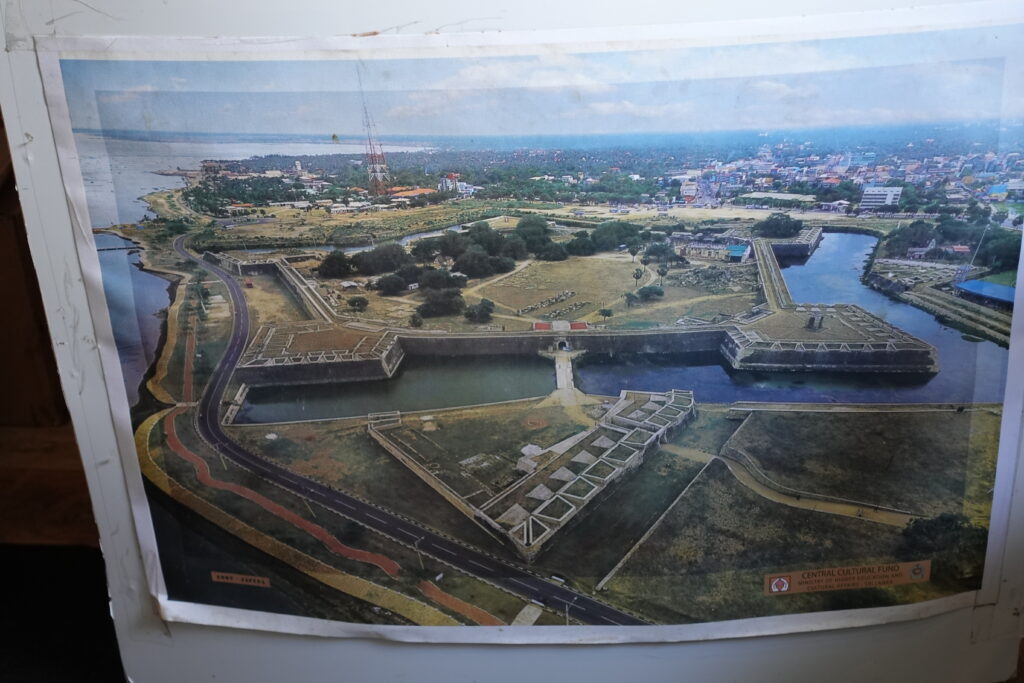
Oh! This looks just like Goryokaku in Hakodate!
It is said that this Goryokaku was also built at the end of the Edo period, learning from Western fortress architecture. There are star-shaped fortresses all over the world, but I never expected to see one here in Sri Lanka. Hakodate is a great place. Please visit Hakodate.
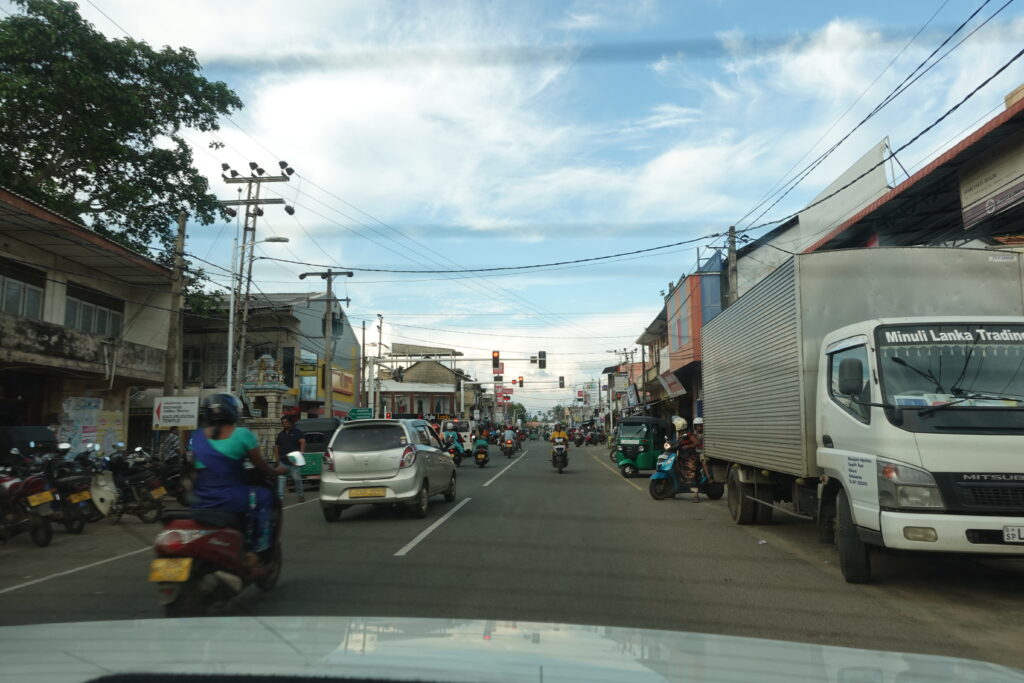
Now, there is a reason why I came all the way here to Jaffna.
I came here to learn about the civil war in this country.
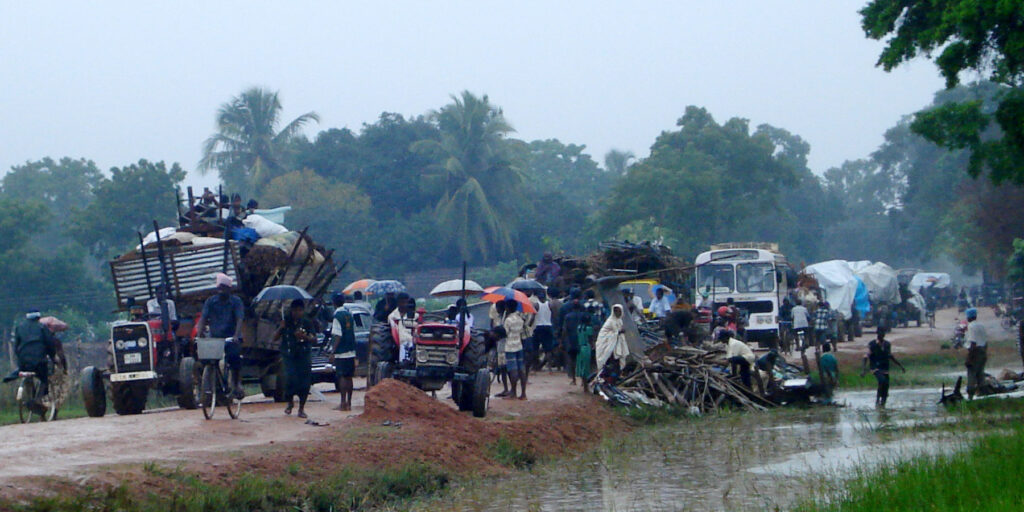
Sri Lanka's civil war lasted 26 years, from 1983 to 2009.
Sri Lanka's civil war was a civil war between the Sinhala Buddhists, the majority of the population, and the minority Tamil Hindus. In other words, religion was one of the major causes of the civil war.
Of course, religion was not the only major factor, but history and political and economic issues up to that point had a great deal to do with it.
The major catalyst for this civil war was, as mentioned earlier, the conflict between the Sinhala Buddhists, who make up the majority of Sri Lanka's population, and the Hindu Tamils, a minority group. However, this conflict did not begin at the beginning. It was the unique religious and ethnic outlook of Sri Lanka, in which Buddhism and nationalism are linked, that intensified the conflict.
A huge influence on this Sinhala Buddhist nationalism was a man named Dharmapala.
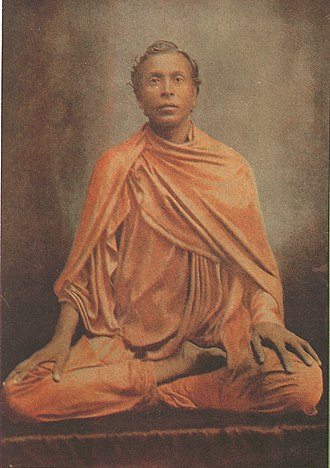
Sri Lankan scholar Ovesekara called the Sri Lankan Buddhism created by Dharmapala "Protestant Buddhism (Reform Buddhism). Although one may have the image of Sri Lankan Buddhism as being a direct continuation of the oldest Buddhism, this is not the case; in fact, it was one of the movements that became active from the 19th century. The history of Sri Lanka is that Buddhism and Sinhalese nationalism were linked and led to a civil war.
When I think about this issue of civil war and religion, I am still reminded of the Bosnian conflict.
I visited Bosnia and Herzegovina in 2019 to learn about ethnic conflict and religion.
The local experiences and the stories of those who had experienced the conflict were too much for me to leave behind.
After returning to Japan, he has also considered the violence and danger of religion in relation to war, totalitarianism, and Marxism in his study of "Shinran and Dostoevsky".
especiallyDon Quixote."By Toby Green, read in the vein ofThe Inquisition: The Reign of Terror That Undermined Spain's Great Power.is precisely the work that gave me great insight into religion and nationalism. Although there was no clear-cut nationalism at this time, the distinction between one's own religious group and others, and the use of that distinction for political purposes, is something we have in common. (For more information.(2) The political agendas and true goals of the Spanish Inquisition."(See article in)
I have studied mainly the history of religion and violence in the West. My impression was that monotheism could easily be used as an ideology for the execution of war.
In contrast, I have long believed that Buddhism does not have an absolute God, or justice, as its doctrine, and that it is difficult for Buddhism to become an ideology of war because it appeals to non-violence. Of course, there are facts in Japanese history, such as the fact that warlords were deeply devoted to Buddhism, that temples were burned down, and that Japan was involved in the war in World War II. However, I felt that Buddhism may not appear as the primary ideology of conflict.
But here in Sri Lanka, this was not the case. Buddhism became associated with Sinhalese identity, and even the concept of jihad was born. What I thought "no way" was happening here in Sri Lanka.
What exactly is Buddhism in the Buddhist country of Sri Lanka?
Here is a world that is quite different from the Buddhist world we imagine.
In the following article, I will begin to talk briefly about Dharmapala, the man who was also the catalyst for Sri Lanka's Buddhism to go into civil war. You will be surprised to learn that this mysterious man is not only a giant in Sri Lanka, but also in mainland India, and even in the world. This mysterious man had a huge impact not only on Sri Lanka, but also on mainland India, and indeed the whole world.
*Below is an article with reference books on India and Sri Lanka that we have referenced in this travelogue. Please refer to them.
periodA list of recommended reference books to help you learn about Indian history, religion, and culture."
periodA list of recommended books for "those who want to know more about Indian Buddhism."
periodA list of recommended books to help you get to know the Buddhist country of Sri Lanka."
Next Article.
Click here to read the previous article.
Related Articles












